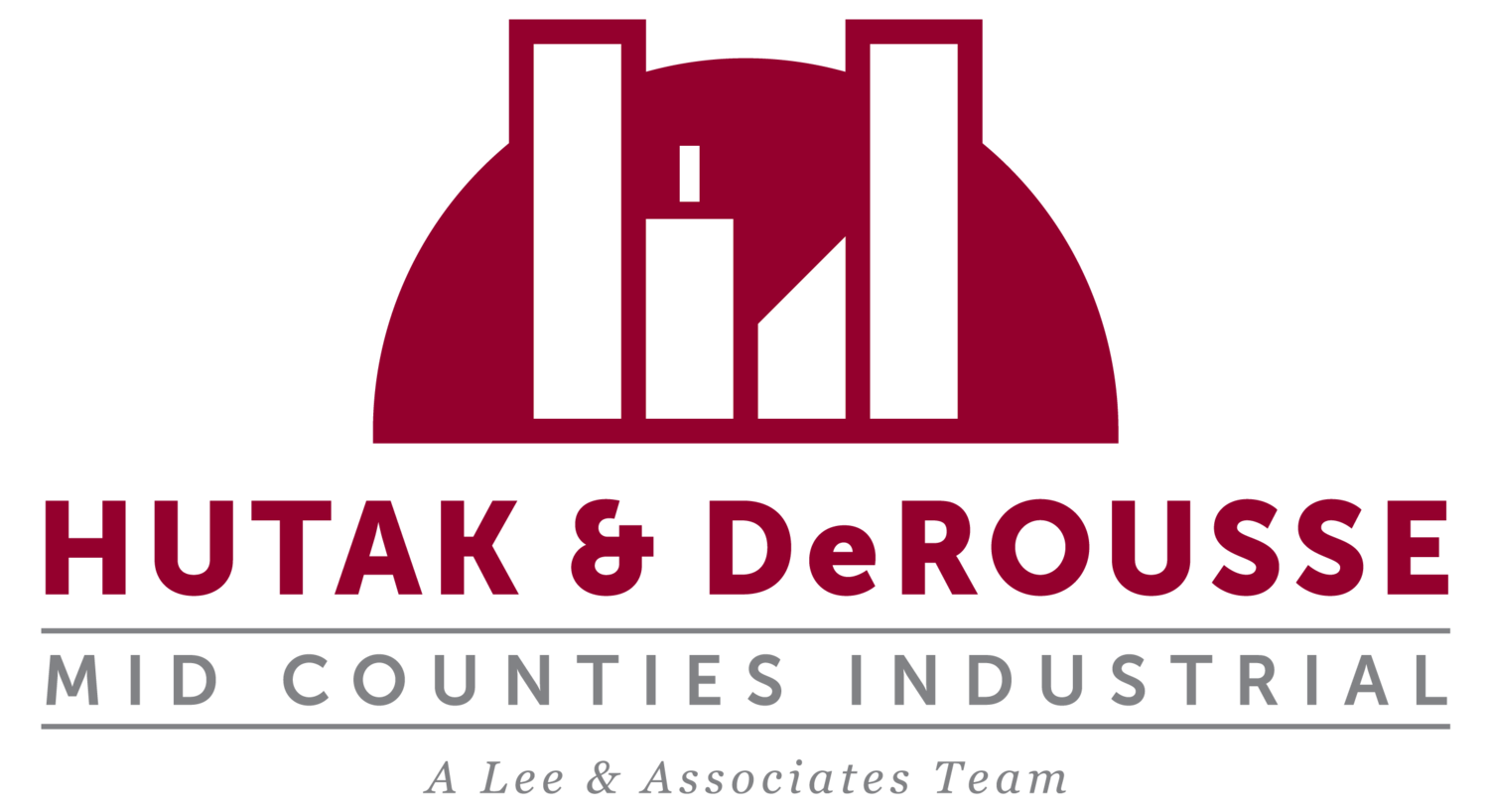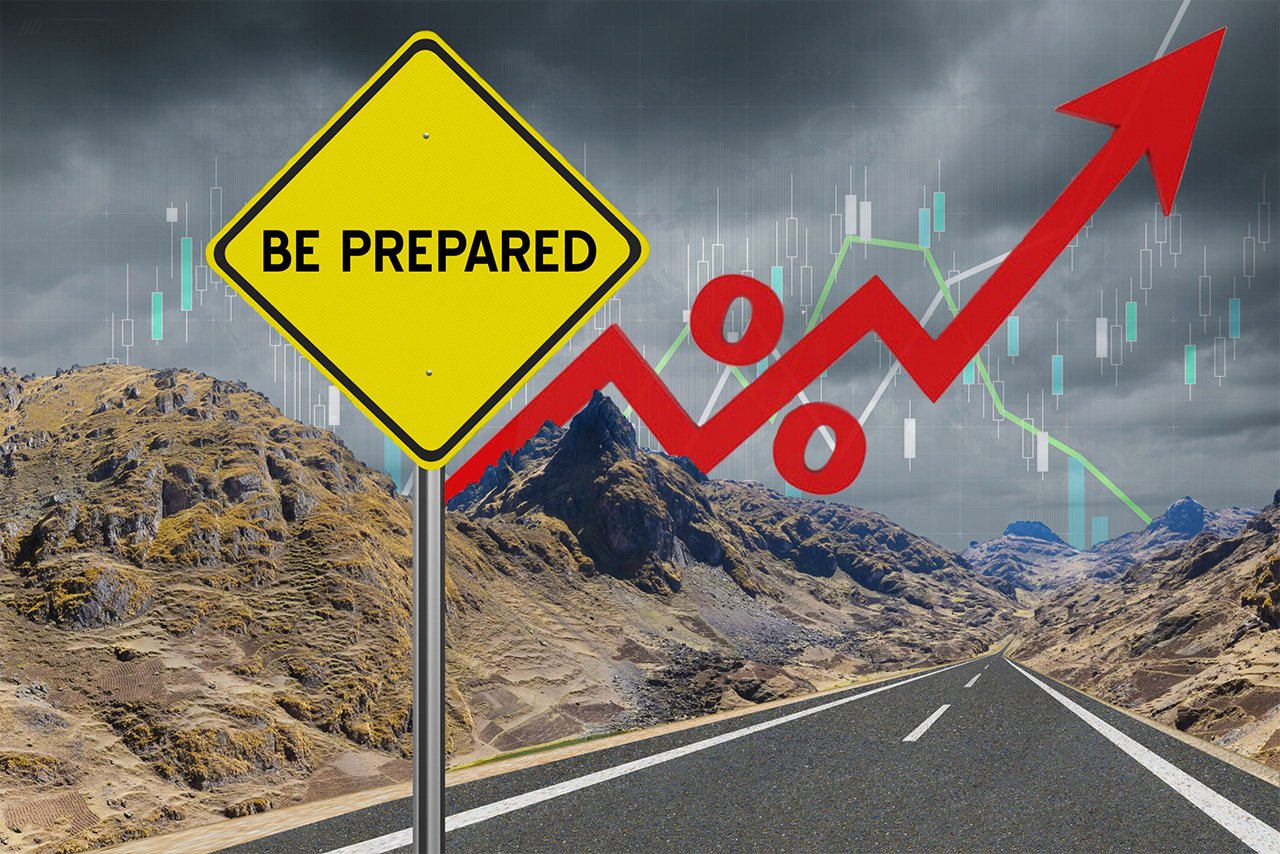For decades, industrial business owners throughout Southern California have been purchasing buildings for their own use. The concept first became popular in the 1970’s when developer Dunn Properties decided to sell individual buildings in their projects after experiencing sluggish lease-up activity. They were enormously successful in that effort, and it literally changed the industrial landscape to what we see today; hundreds of small to medium sized building projects all across the Southland.
There are several reasons for that success, which include controlling long term occupancy costs, diversifying personal investment portfolios and building equity through price appreciation and principal pay-down of debt. Simply put, many business owners choose to build wealth for themselves rather than their landlords. Since Dunn made their first sale offerings, thousands of individual fortunes have been made, and due to this real estate cycle’s massive price rise, those fortunes are, in many instances, beyond the wildest dreams of business owners who have participated in the owner/user model.
The prolific run-up in pricing that we are experiencing today has two basic components: undersupply of inventory and the lowest mortgage rates in American history. To lift the country out of the so-called Great Recession, the nation’s central bank lowered its benchmark Fed Funds Rate to zero to stimulate the flow of capital by reducing its cost. But, that wasn’t enough to get the desired result, so it began electronically printing money to buy US sovereign debt held by banks to further stimulate lending. That process is known as Quantitative Easing. That went on for several years and the Fed’s balance sheet ballooned to over $4.5 trillion. After a short hiatus, the Fed fired up the electronic presses again during the pandemic, swelling its balance sheet to roughly $9 trillion, where it stands today.
Inevitably, inflation has reared its ugly head and now the Fed is reversing course to slow it down by raising rates to slow the flow of capital by raising its cost. This has repercussions to the owner/user model, which have manifested in the form of higher mortgage interest rates. Just the threat of higher capital costs have given rise to a spike those rates. For example, the SBA 504 loan, the most commonly used in owner/user transactions, has gone from 2.4% a year ago to 3.92% today. In just the past two months, the 504 rate has risen 66 basis points. That’s a 20% rise in 60 days.
Higher rates mean higher interest cost for each dollar borrowed and that means one of the pillars of price support for owner/user buildings is weakening. The other, low supply, continues. The vacancy rate in most cities is under 1%. That has, thus far, kept prices moving up, as there are too many buyers chasing too few properties available for acquisition. However, we are now hearing more business owners express concerns over being priced out of their opportunities to become owner/users.
On the leasing side, low supply has kept lease rates moving up, as well. So, comparatively speaking, the cost between buying versus leasing is relatively unchanged. That means the owner/user decision, while more expensive than before, is still a viable option. The question is: at what point will the current inflationary spiral put enough of a dent in demand to depress lease rates and sales prices for industrial properties?
We don’t have an exact answer to that question, but we can look at history and conclude that such a time might be coming sooner rather than later. The more aggressive the Fed gets with reversing its long run of easy money policy, the sooner that time could come. The last time the Fed battled inflation like we have today, ended in a painful recession. If you were around in the late 1970’s and early 1980’s you probably have a vivid memory of just how difficult a time that was.
Are we certain to suffer a similar fate? No one knows for sure. But, we appear to be heading in that direction, and business owners are wise to prepare themselves for tougher times ahead. Our current situation may be a signal to buyers with a long term perspective to buy now while rates are relatively low, so they can lock in lower occupancy cost through the next real estate cycle. Or, it may be a reason for them to hold off on a purchase to retain capital they may need access to if the economy stumbles. Every business is different, but the result of each decision affects us all when aggregated.
For owners who are sitting on highly appreciated assets, this may be a time to dispose of their properties at or near a market peak, and reallocate their gains to fund retirement or reinvest in other asset classes to diversify their portfolios and reduce their risk profile. Again, every owner’s circumstances are unique and contain quality of life components that are worthy of serious consideration.
One thing we do know for sure is that planning ahead is a far better option than waiting for a problem to manifest before taking action. Good planning creates multiple paths to good outcomes, and protects against being forced to act defensively. We offer our assistance to you in developing a real estate strategy that reflects current trends and likely changes to market conditions. Just give us a call to get started.

